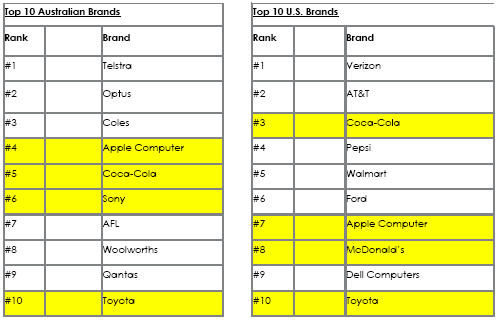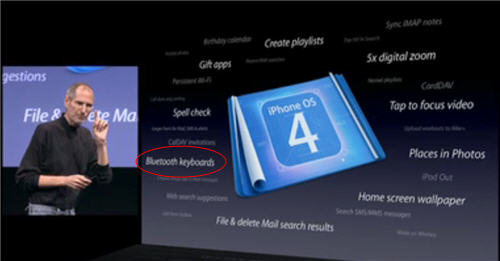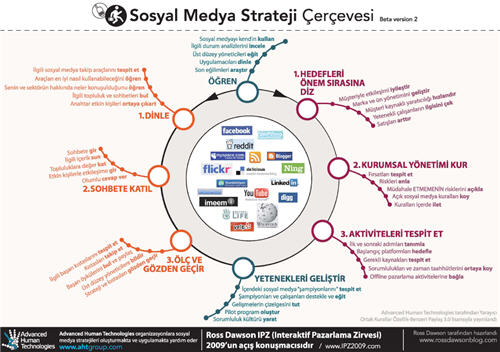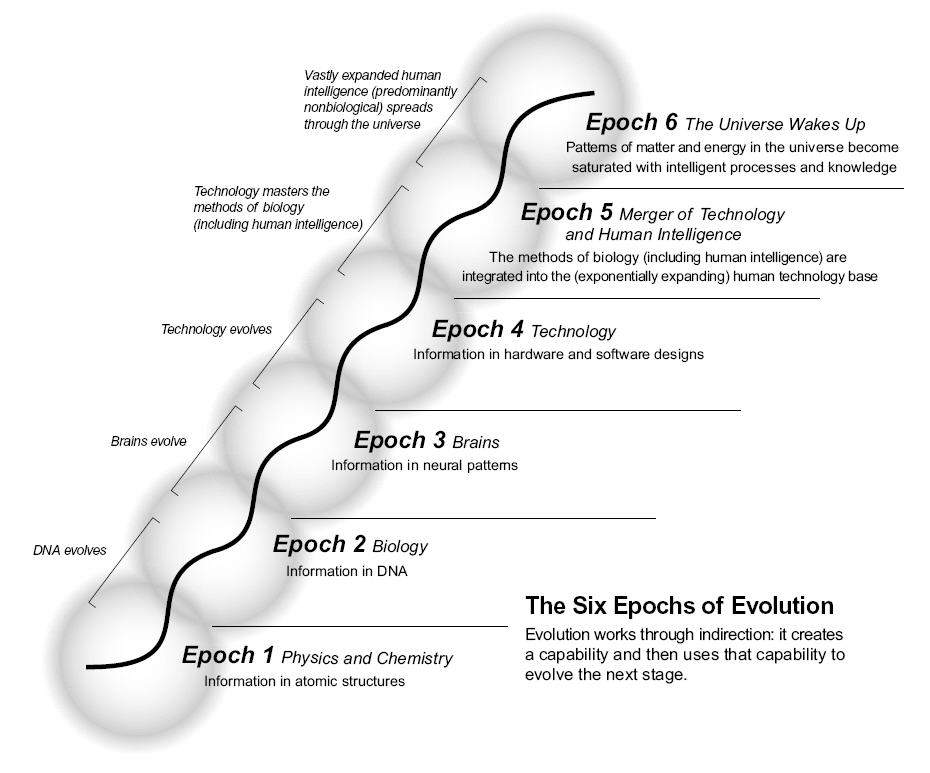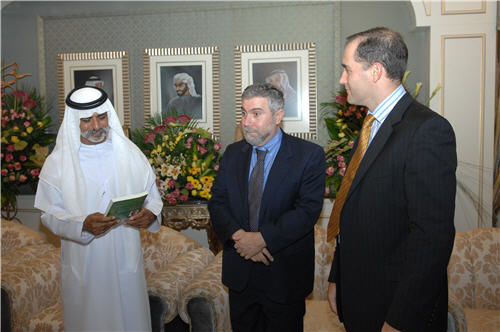Newspapers become irrelevant and media is reborn by 2022
On Thursday I am giving the closing keynote at Newspaper Publishers Association Future Forum conference in Sydney. I gave a sneak preview of some of what I will be covering, leading to a wide variety of coverage including in The Australian, by Roy Greenslade in The Guardian, on The Inquisitr, and on Mumbrella (including a rich discussion). I will also be doing some interviews on ABC radio tonight and tomorrow.
Below are my pre-talk primer notes – more detail coming in a bit:
• By 2022 newspapers as we know them will be irrelevant in Australia. However the leading newspaper publishers of today may have transformed themselves to thrive in what will be a flourishing media industry.

